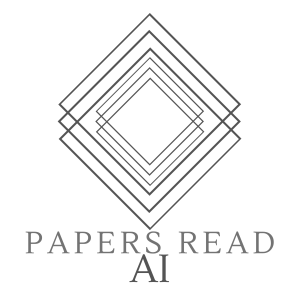

Papers Read on AI
AltCLIP: Altering the Language Encoder in CLIP for Extended Language Capabilities
2023-02-28
In this work, we present a conceptually sim-ple and effective method to train a strong bilingual/multilingual multimodal representation model. Starting from the pre-trained multimodal representation model CLIP released by OpenAI, we altered its text encoder with a pre-trained multilingual text encoder XLMR, and aligned both languages and image representations by a two-stage training schema consisting of teacher learning and contrastive learning. We validate our method through evaluations of a...
In this work, we present a conceptually sim-ple and effective method to train a strong bilingual/multilingual multimodal representation model. Starting from the pre-trained multimodal representation model CLIP released by OpenAI, we altered its text encoder with a pre-trained multilingual text encoder XLMR, and aligned both languages and image representations by a two-stage training schema consisting of teacher learning and contrastive learning. We validate our method through evaluations of a wide range of tasks. We set new state-of-the-art performances on a bunch of tasks including ImageNet-CN, Flicker30k-CN, COCO-CN and XTD. Further, we obtain very close performances with CLIP on almost all tasks, suggesting that one can simply alter the text encoder in CLIP for extended capabilities such as multilingual understanding.
2022: Zhongzhi Chen, Guangyi Liu, Bo Zhang, Fulong Ye, Qinghong Yang, Ledell Yu Wu
Ranked #1 on Zero-Shot Transfer Image Classification on CN-ImageNet-Sketch
https://arxiv.org/pdf/2211.06679v2.pdf
View more
Comments (3)
More Episodes
All Episodes>>Creat Yourt Podcast In Minutes
- Full-featured podcast site
- Unlimited storage and bandwidth
- Comprehensive podcast stats
- Distribute to Apple Podcasts, Spotify, and more
- Make money with your podcast
It is Free












